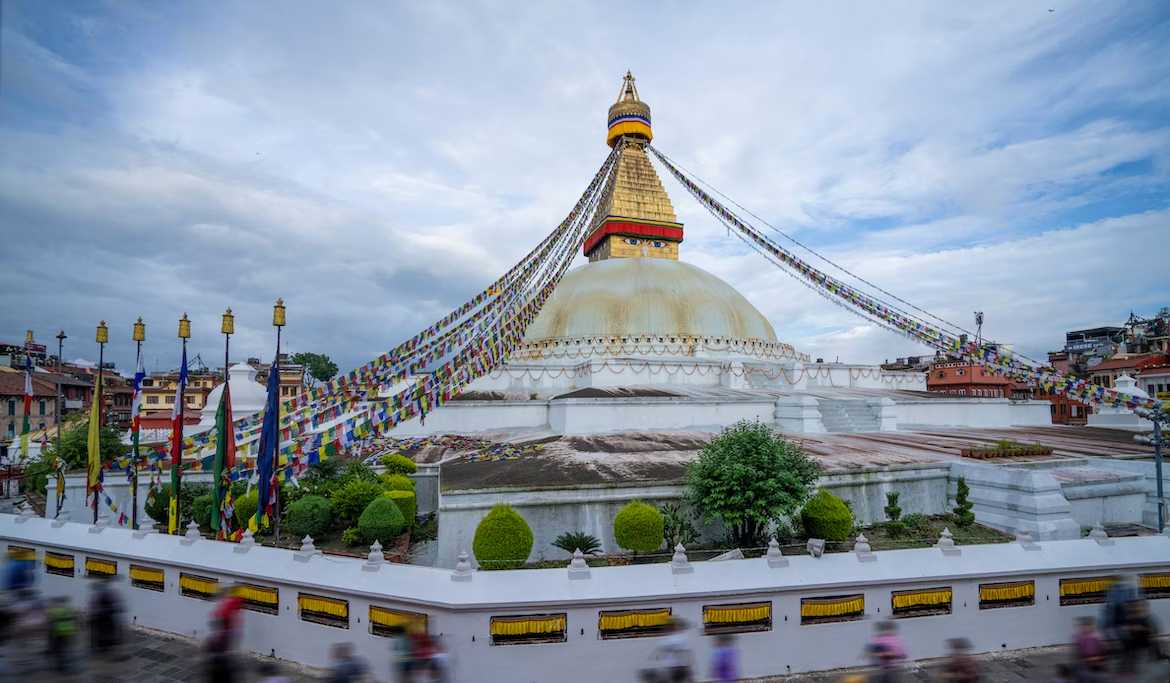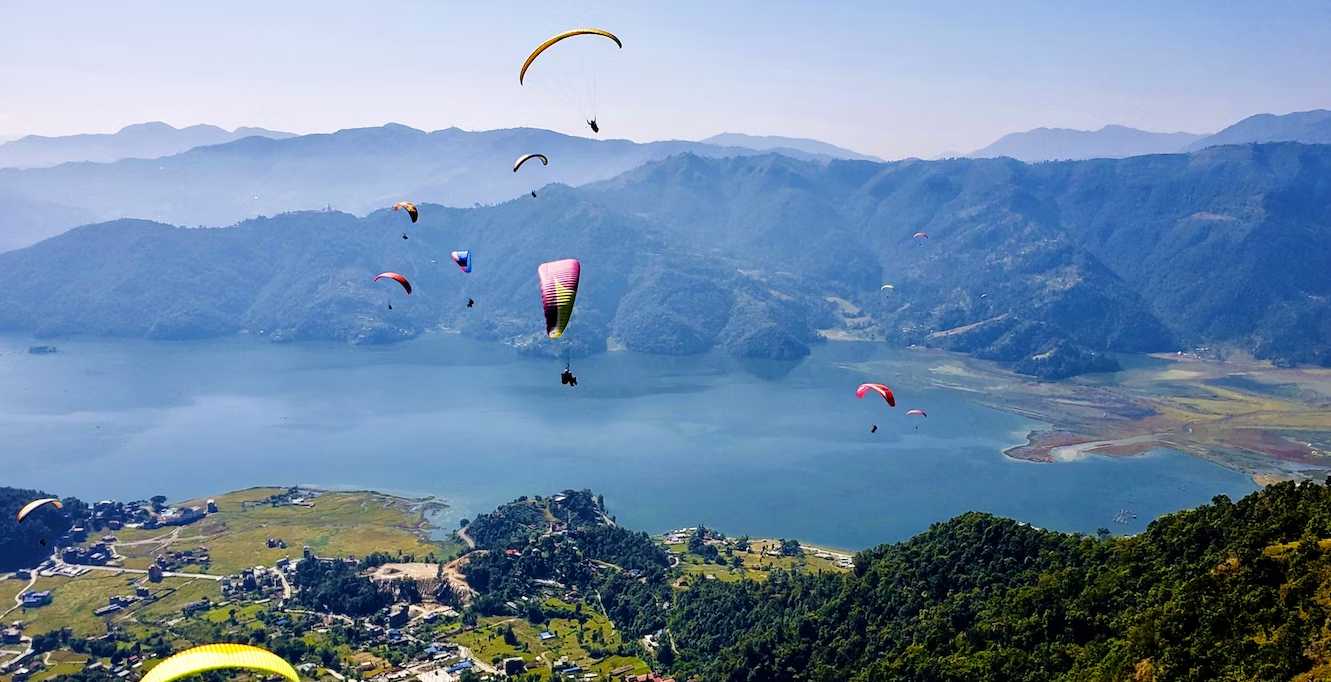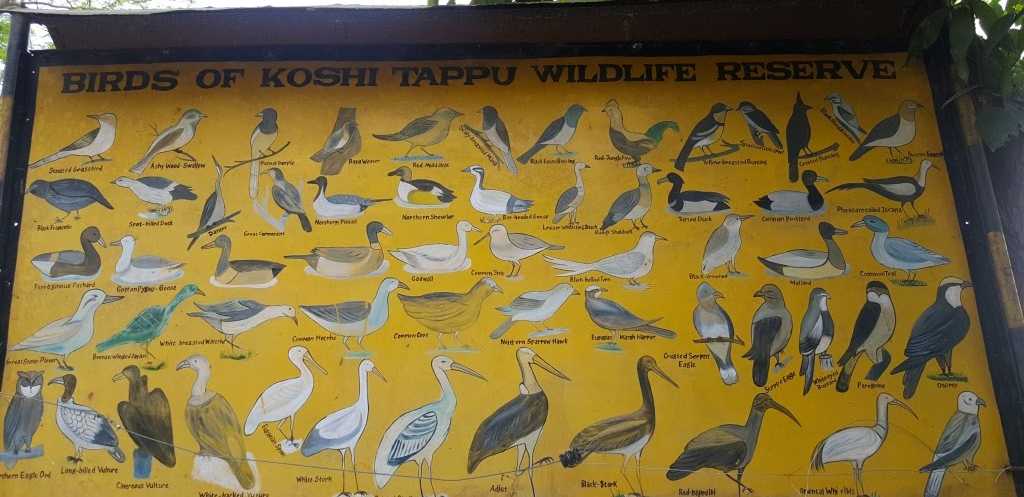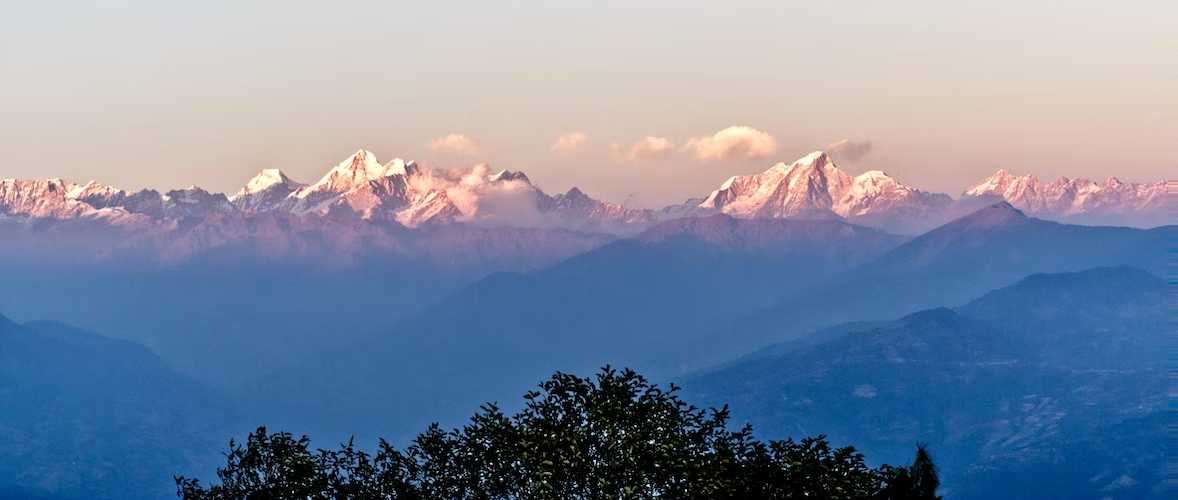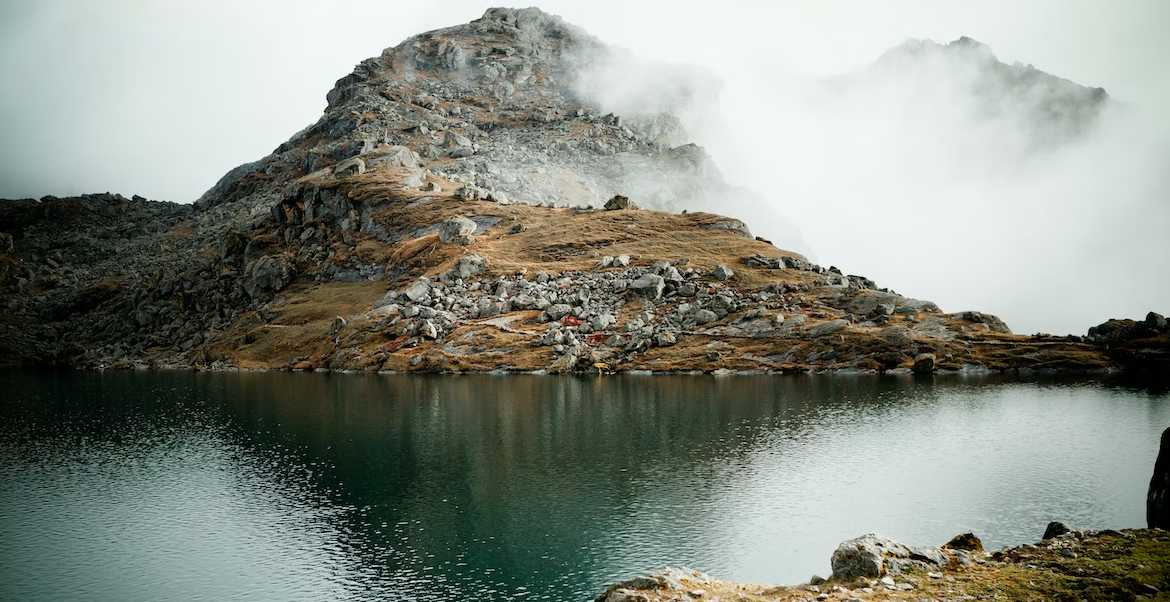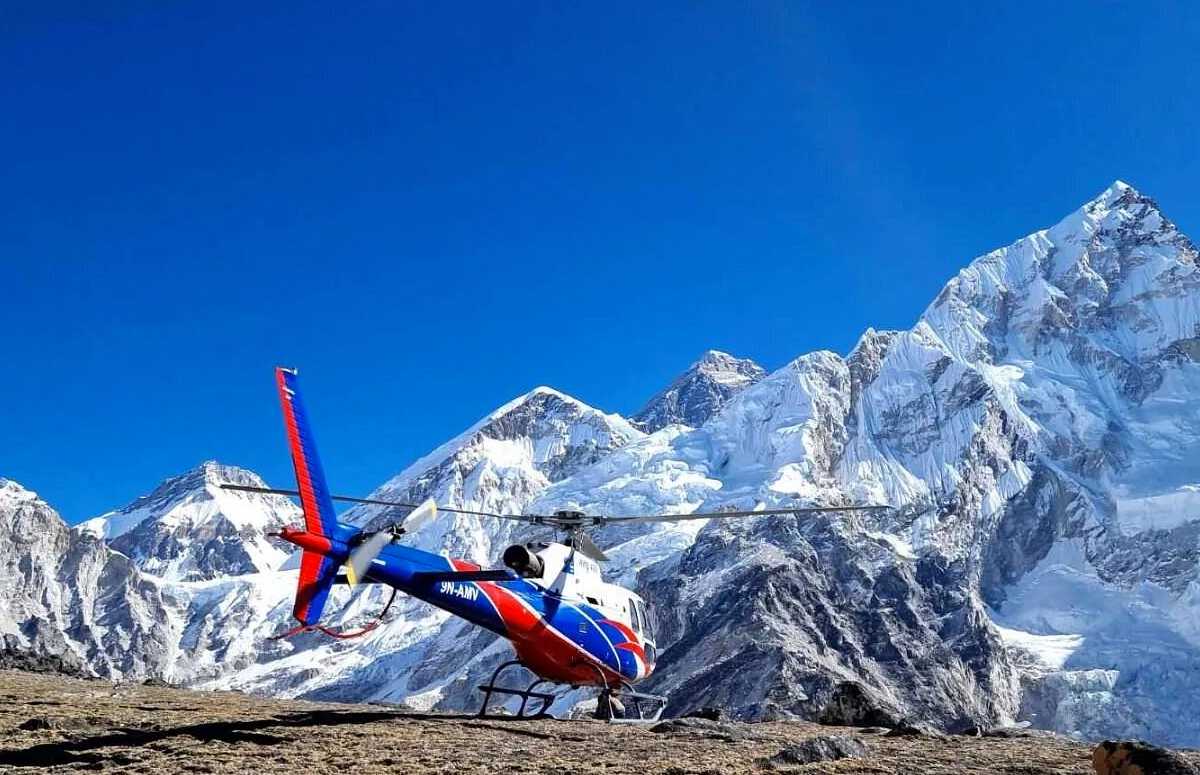Rural Heritage Tour in Nepal is the ideal tour for those passionate about culture and families too. A soft, Unforgettable, Unique Tour with Time in Nepal of the delights of rural Nepal staying at heritage hotels in the hill village of Nuwakot and the Newari town of Bandipur. A wonderful way to discover real Nepal is by avoiding the main tourist traps.
Duration of the tour – 11 nights/12 days
Highlights
The delightful Nuwakot Durbar is perched in the mid-hills of central Nepal, the Newari town of Bandipur with its age-old flavor still intact & the wonder of Love: the Rani Mahal in Palpa.
Itinerary
Day 01 – Pick up at the airport and transfer to the hotel
Day 02 – Visit of Boudha Stupa, Pashupatinath and Patan
Day 03 – Visof Bhaktapur and of the most incredible traditional Newari villages of Kathmandu Valley: Bungamati & Khokana
Day 04 – Drive to Nuwakot, a tiny historic hill town. Overnight in the Famous Farm House
Day 05 – Day hike in the surrounding area and visit of villages.
Day 06 – Drive to Pokhara, known as the second capital of Nepal and city of lakes.
Day 07 – Sarangkot sunrise tour and sightseeing in Pokhara.
Day 08 – Drive to Palpa-Tansen through the scenic Siddhartha Highway.
Day 09 – Visit “the Taj Mahal of Nepal”: the Rani Mahal.
Day 10 – Drive to Bandipur, the living museum of Newari culture.
Day 11 – Drive to Kathmandu
Day 12 – Drop off at the airport for departure
Brief information about the places we will visit during this tour:
Boudhanath Stupa is one of the largest stupas in the world and is the religious and cultural center of the broad community of Tibetan Refugees in Nepal. It is a holy place rich in Buddhist symbolism.
Pashupatinath is the most important Hindu Temple in Nepal and is set on the banks of the sacred river Bagmati. It is not only a religious destination, but a mix of art, culture, peace, and devotion. Hundreds of rituals are performed every day on its premises which are considered an open, living museum. In the age of mythology, Lord Shiva and his consort lived here by this tributary of the holy Ganges.
Patan- Once one of the independent kingdoms of the Kathmandu Valley, Patan is also the oldest existing Buddhist city in the Valley. Despite the close proximity to the capital Kathmandu, its ‘preserved’ ancestral culture distinguishes Patan as a unique place to experience. Patan is also known as Lalitpur, the “City of Beauty”, and its unique Durbar Square is surrounded on all four sides by awe-inspiring temples and shrines.
Bhaktapur is probably the most visited of the three historic cities of the Valley. It is a medieval town locked in centuries-old beliefs and traditions. The city is famous for its glorious architecture, sky-high temples, like the awesome Nyatapola Temple, Nepal’s tallest ancient structure, fine clay pottery, and royal courtyards where devotees, still today celebrate their pre-historic festivals.
Bungamati It is a typical Newari village, consisting of simple houses of straw and raw bricks. According to the legend, Bungmati was founded during the 7th century. It is here that Rato Machhendranath, the patron saint of the valley and god of rain and compassion, was born. Rato Machhendranath is likewise adored by both Hindus and Buddhists.
Kokhana The village, located about 8 km from Kathmandu, is considered a “living museum” that recalls the medieval period in which Nepal was ruled by the Malla kings. The village begins with a narrow cobbled street. Shortly after is the temple of Shekali Mai, a local mother goddess. A truly timeless place, one of the traditions of the people of this village is to keep the chickens at home. From the windows of the houses hang garlands of chilies. Singular to discover that this was the first Nepalese village to be electrified, even before the city of Kathmandu.
Nuwakot is a famous place located in a Historic District of Nepal and this heritage site played a pivotal role in shaping the history of modern Nepal. It was built by the great king Prithvi Narayan Shah. The ancient citadel is situated at an elevation of 900 meters and stands proud, untouched by changing times. The indoors of the Durbar suffered some damage during the recent earthquake on April 25, 2015, but a tour of the premises is still possible.
Pokhara Nepal’s number 1 adventure and leisure destination, Pokhara is one of the most famous paradises for hikers who love trekking. It rises right at the foot of the mountains and is the second-largest city in Nepal. The town is located in the Gandaki area, which is lush and green, rich in hills, valleys, and lakes (even large ones) that develop along the valley bottom. Precisely these lakes have given Pokhara the friendly name of the City of 7 Lakes, a property thanks to which the area is full of itineraries, hiking trails, and ideas for cultural visits.
Palpa Tansen is a small town on the road that connects Pokhara with the Nepal-India border. Palpa Tansen is rich in culture, tradition and is an excellent base for visiting some places, including the Taj Mahal of Nepal. Still little frequented by foreign tourism, it is a real pearl that retains all its authenticity.
Rani Mahal – Also known as the Taj Mahal of Nepal, it is the most famous monument in the area It is a large baroque building, built-in 1893 by an exiled aristocrat, Khadga Samsher Rana, in honor of his missing wife. The position of the Rani Mahal dominating the meeting point of two rivers immersed in the forest makes it undoubtedly very fascinating. In the early 1900s, his ambitious builder made another unsuccessful attempt to come to power, and this time he was exiled to India, abandoning his much-loved palace.
Bandipur – Situated between Kathmandu and Pokhara, Bandipur is a Newar town with its age-old flavour still intact. Well preserved, the village offers the travellers culture, mountain views, and hiking. Bandipur has maintained its age-old cultural attributes – temples, shrines, sacred caves, innumerable festivals, and its wonderful Newari architecture.

